
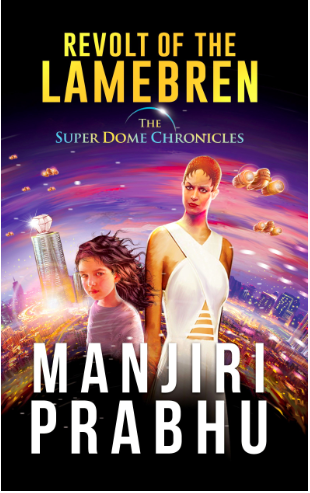
What if you are born with a termination date? Would you be ready to die at sixteen?
I’m in the midst of completing ‘Revolt of the Lamebren: Book 1 of the Super-Dome Chronicles‘ by Manjiri Prabhu, the feisty lady who wears many hats – Director of PILF, a filmmaker and an author – very adroitly.
This book is a captivating Sci-Fi work, which is a commentary on the present times, where the man in his greed for the rapidly depleting environmental resources, has become oblivious to the repercussions. Is doom in store? Will the man script any changes to his destiny? Can compassion become relevant again?
In the Super-Dome of the future, Altklugs are born with the super-knowledge and efficiency of 6.25 human years, in their one year.
Zinnia is one of the Lamebren, normal humans missing the ace inputs in this world. As she and others like her grapple with their clipped, carefully monitored and suffocating life in the Super-Dome, they face the looming threat of their termination dates.
Startling events and unexpected dark secrets reveal the decay, cruel intentions and repercussions of the Altklug world, making Zinnia realize that it is up to her to challenge their pre-decided destiny.
Through a vortex of extreme adversities and life-threatening danger as well as painful self-realization, Zinnia bravely fights the world of the Altklugs for justice and equality.
Would she and her friends ace the fight for the survival of the Lamebren and beat their termination dates?
That is for you, dear reader to pick a copy, read and decipher.
I recently had the opportunity of asking some questions to Manjiri and this is what she had to say. The answers are precise, incisive and straight from the heart!

a) Authors are often asked this question, but everyone has their own reasons. Why do you write? What motivates you?
I will say the same thing that I have said elsewhere…I write because it’s a need, because I imagine, dream, feel, love and reciprocate.
And because I have a story to extract from my interactions, from my emotions, whether in imagination or reality and turn it into a fictitious reality.
I want to create a world of my own and enjoy the trials and tribulations of the journey and finally when it is done, sit back and let the world see my creation.
I write because I want to create memories, because I want to learn, explore and live many lives and travel with many characters to lands known and unknown. To feel fulfilled, to remind myself how blessed I am!
I write because that’s what I can do . . . …and love to do!
b) How did you decide upon the genre of science fiction for your latest book, ‘Revolt of the Lamebren’, considering you are known as the Agatha Christie of India?
Every story needs to be told differently and every idea needs to unfold in a manner appropriate to its complexity. When I contemplated the world of Altklugs in my mind, it was obviously futuristic and had to be narrated as such. I call it a futuristic reality, hence the treatment is not exactly science fiction, but more a futuristic adventure. So, in a way, my instinct of writing mysteries also played a major role in the writing of this novel.
c) ROL talks of a futuristic world, which is not totally impossible. Did you have to do a lot of research in fleshing out this world? We would love to read some examples of how your research was converted into the world, as depicted in ROL.
It certainly was a tremendous amount of work, which began with the unlearning of what I had always taken for granted. For example, what would trains be called in the future? Or what would video cameras be called? I worked around a lot of combinations and possibilities and finally came up with words like Rattlers for trains, Digi-Eyes for cameras, the Snarl for a forest. Or Dissolution Crypts for Death Chambers. Even the lame-brained children were called Lamebren, lame-brained boy was lamebroy and a lame-brained girl is lamebirl.
The process was very exciting and a huge pleasure when I finally saw the Super-Dome and its inmates, including the Lamebren, take a solid, credible form.
d) Why did you choose women as protagonist and antagonist? Is there a hidden message? Do you think women would rule the world in the future?
Women are powerful beings with untapped power. They have the capacity to rule, create, love and nurture but also an equal capacity to hate, destroy and destruct. A woman has two sides to her and it is up to her which side she wishes to project. By having a female antagonist, I acknowledge this dark side of a woman and her capacity to scheme and be cruel. But by having a female protagonist, I establish more, my faith in her, as she counters and stands against her own dark side.
Yes, definitely women will rule the world in the future. In a way, they already do.
e) Zinnia is a very believable character, a strong, brave and determined person, almost like a role model. Did you draw parallels with what women should be in today’s world?
Zinnia is a lot like my sisters Purnima and Sonia. Strong, brave, intelligent, capable and overly emotional. They will do anything for justice and for what is right. And I do feel that Zinnia is a good example of how to tackle issues. She is a child but yet so mature in her outlook, she cares and loves her friends with abandon, is selfless and possesses a positive, unfailing will. There is a lot to learn from Zinnia.
f) Do you think each of us has a Zinnia within us who is constantly fighting for her independence and identity in this patriarchal and misogynistic world?
I do believe that there is a Zinnia within us, operating at sub-conscious levels, questioning and trying to override established norm. Often subtle.
But most of the times, from what I have seen, we are so conditioned and used to reconciling to a situation because of tradition, parental teachings, other pressures that we forget that the Zinnia in us can actually help us establish a new way of life. But first, it is up to us to acknowledge the need to do so, consciously and then allow the Zinnia in us to question and confront that which goes against our better thinking. But yes, she lives within us.
g) Did you enjoy writing this book more than your crime thrillers? Would you write more of this genre?
I thoroughly enjoy every book I write – its conception, journey, research. I wouldn’t write it otherwise. But yes, The Revolt of the Lamebren provided a unique challenge and it was a completely satisfying experience. I have two more to write in the trilogy and I am quite looking forward to it.
h)RoL must be read for many reasons. What is that one reason that you think it is?
It should be read to understand that if we aren’t careful, we are going to be heading the Altklug way soon. We already are…My one message is clear – there is no option for love and compassion if we wish to survive as a human race.
i) Are the processes for writing a sci-fi or a destination thriller any different?
Every writer has his or her own process of writing. So do I…I sometimes follow a set pattern, sometimes I allow the pattern to follow my gut instinct. A destination thriller requires meticulous planning and research….I have a responsibility to the destination, the reader as well as myself. In a sci-fi like The Revolt of the Lamebren, since the world is all mine, the responsibility is towards this world, my characters, myself and the reader. I am answerable to my own creation. I believe therein lies the difference. Otherwise largely, plot development etc go through similar dissections and journeys.
j) What do you enjoy reading? Does it help your writing? Would you recommend the same to other writers?
I used to enjoy reading mystery novels and have devoured classics but nowadays, to be really honest, nothing seems to satisfy me. Perhaps the writer in me is too critical, perhaps I am just plain bored with what is being written nowadays. But I have yet to read something that will really excite me. I long for that headiness, that excitement of reading a book non-stop, through meals, throughout the night and which will leave me enraptured at the end of it. I haven’t read such a book in a long, long time. But I will find it soon – I am very hopeful, that this phase is temporary and that one super book will find me too!
k) You have done many things in your professional life – films, books, events. Looking back, what do you think excites you the most? Did straddling across so many art forms aid in your creative evolution?
It all depends on what mood I am in. Writing certainly excites me but so does a film. Organizing a Litfest is really hard work and the enjoyment hits after it is over. On a serious note, though, organizing a Litfest does give me tremendous satisfaction.
But I believe that it is my traveling and writing that has really been responsible for any creative evolution in me. The constant need to seek something out there in the world and try to apply and merge those experiences, ideas, and thoughts into my world of imagination, is a continuous, heady process which requires my hundred percent involvement. That connect with unknown landscapes and cultures, the challenging of boundaries and comfort zones is what keeps me clued in, alert and energized and I feel is the source of all my creative energy.
l) PILF is now an established name. How has been your journey as The Director of PILF?
Challenging, extremely satisfying and exciting. I am very proud of what PILF represents, its uniqueness and its potential.
m) Given the increase in the number of literature festivals, do you think they are losing relevance? What according to you is the main objective, the essence of such a festival?
In my mind, a literature festival has to create an apt platform for writers and creative professionals to meet and create new readers and audience. It has to be aspirational and inspirational. There has to be a definite takeaway for the audience. I wouldn’t say there are too many litfests. How can we, when there are so many authors and only some select few get represented at these litfests? A litfest would only lose its relevance when its focus shifts from writers to something more commercial.
n) What is your future vision for the festival?
Clear and vibrant – a better festival, not bigger; a festival which would never lose sight of its real goal; a festival with a heart and a platform for writers and creative practitioners at all levels of their careers. But mostly I would love to create a world of storybooks and magic and a hub of knowledge and creative energy.
o) RoL was your 10th book and that surely makes you a very senior author. What is your view on the future of reading/writing in India?
Every person I meet is a writer. Stores are cluttered with books. I don’t even know if these books will ever be read or sold. I don’t even know if the books I write will ever be read. But I still write – research and travel and put in the time, energy, money and sit in solitude for months to write a 90000-word book, which I have no clue will ever be read. Why do I do it? Why do so many others? Because of an inherent need to share and express something – ideas, message, something. It’s a crazy need – regardless of the future of the book.
I look at these two as parallel entities -the future of books and writers writing because they believe in it, like two separate islands with nothing to do with each other. I believe that these two islands are quite capable of surviving on their own in the long haul.
p) Given the current pressure on marketing books, is a writer expected to be a complete package? Is writing, only half the deal? What pitfalls should a novice avoid?
Certainly – today a writer is expected to be a writer, an actor, a salesperson, a spokesperson, a host, a magician! Sometimes publishers expect it, sometimes authors go out of their way to draw attention.
A novice should just enjoy writing his novel for a refreshing change, at least his/her first book before he gets sucked into the quagmire called promotions!
q) Is popular and accessible writing far removed from deeper nuanced writing? Or is there a bridge joining the two?
For me, there are only two kinds of books – good books and bad books. Good books can be popular, serious, of any genre, multi-layered, accessible etc. Bad books are just plain bad. No matter who writes them. They have no caste or creed. There is no bridge between the good and bad ones.
r) Finally, what would you want the world to remember you as? Manjiri, the filmmaker, the author or the Director of PILF and other festivals?
Manjiri, the Author!







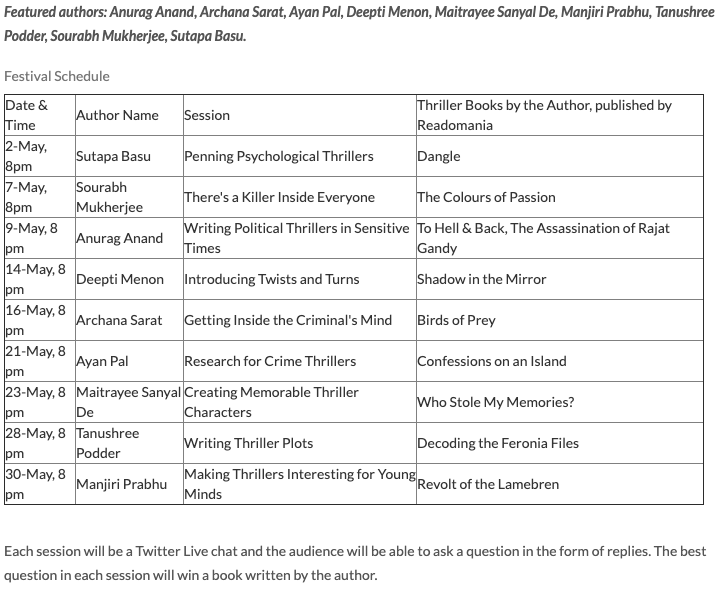
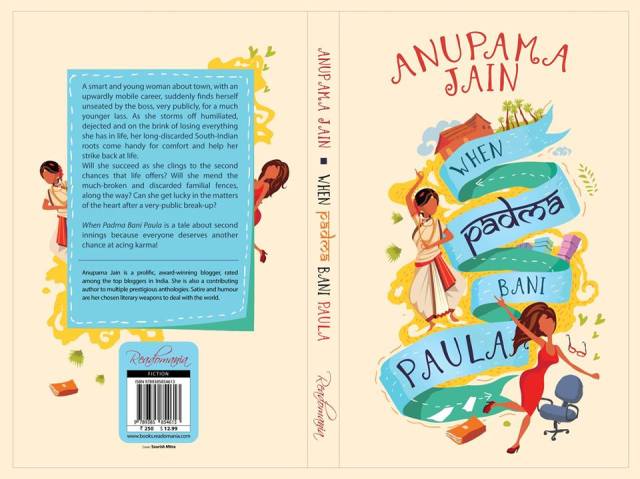








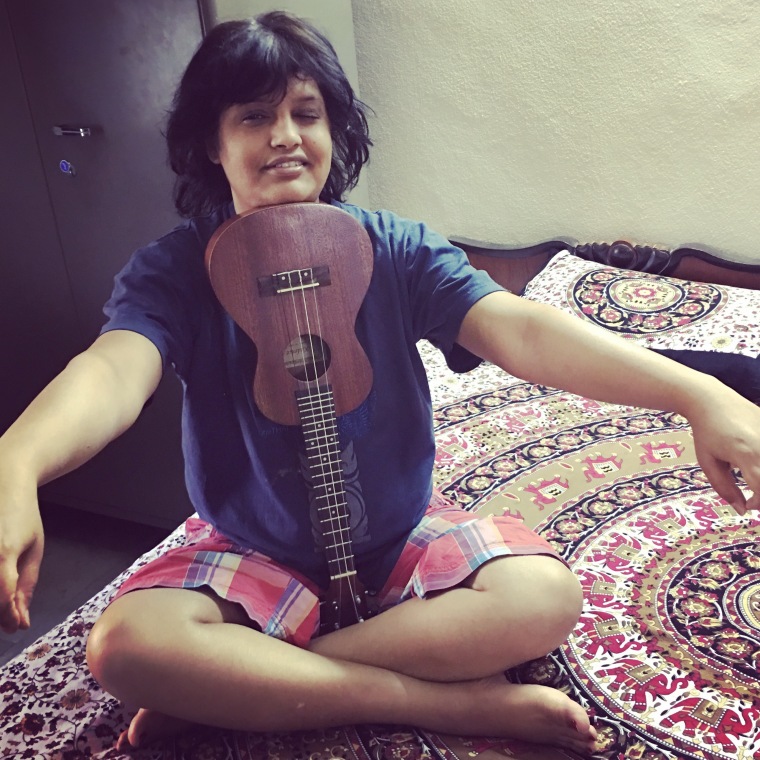 I took the bite. And I took the plunge finally, after dawdling over the decision for months. Thus I have come to the profound conclusion (of course subject to market risks) that Binge Watching might be good for the brain but is terrible for the body!
I took the bite. And I took the plunge finally, after dawdling over the decision for months. Thus I have come to the profound conclusion (of course subject to market risks) that Binge Watching might be good for the brain but is terrible for the body!



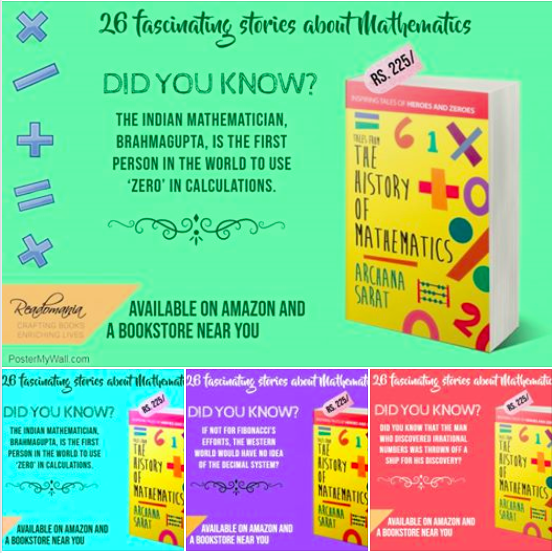

 To see such hugely talented writers who are very passionate and also equally down to earth is educational in itself.
To see such hugely talented writers who are very passionate and also equally down to earth is educational in itself.